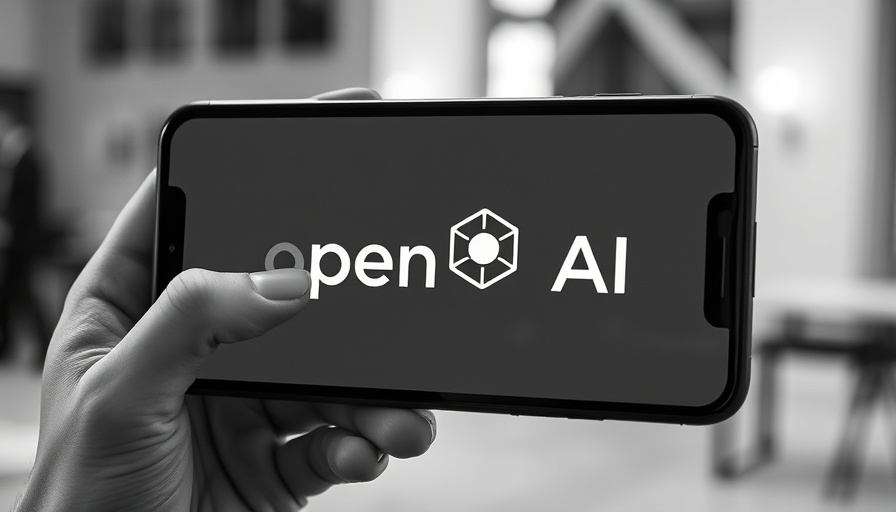
OpenAI and Jony Ive's Ambitious AI Device: What We Know
The world of artificial intelligence (AI) is abuzz with anticipation regarding OpenAI's collaboration with design visionary Jony Ive on a groundbreaking AI device. Unlike conventional products in the tech landscape, this device is projected to be palm-sized and devoid of a traditional screen, focusing on an intuitive interaction model using audio and visual cues. When complete, this device could redefine user engagement with AI, promising seamless integration into everyday life.
The Technical Setbacks Affecting Development
However, the path to innovation is rarely devoid of obstacles. Recent reports by the Financial Times highlight that OpenAI is facing significant technical challenges that have stalled progress on the device. A key concern is defining the device’s 'personality'—what qualities will it embody? Determining whether it should be a friendly assistant or a more utilitarian tool is central to its development. Beyond this, privacy issues loom large, particularly regarding a device designed to always listen.
Computational Challenges and Market Competition
Perhaps the most pressing hurdle is the computing power required for the advanced models that OpenAI wishes to deploy. An insider noted that while tech giants like Amazon and Google possess the necessary computing infrastructure, OpenAI is struggling to match that scale. This situation raises questions about how the company plans to position itself in an increasingly competitive market, especially as it strives to validate its burgeoning $500 billion valuation.
Innovation Through Struggles: A Paradigm Shift
Yet, through these challenges lies the potential for monumental innovation. OpenAI acquired Jony Ive's design firm with the hope of sparking a new computing era—akin to the monumental move from flip phones to smartphones. Sarah Friar, OpenAI's CFO, expressed optimism that the device would usher in a transformative experience that transcends today's paradigms of AI interaction.
Potential Implications for Users and the Tech Landscape
If successful, OpenAI's device could redefine how we interact with machines, moving away from standardized interfaces and toward a more organic engagement with technology. Imagine a scenario where your AI assistant not only understands your commands but also your emotional state and responds accordingly. Such a shift not only aims to enhance user experience but could also have far-reaching impacts on how AI is incorporated into daily routines.
Final Thoughts: Anticipation Coupled with Skepticism
As industry watchers await the outcome, skepticism remains high. With numerous tech firms pursuing similar trajectories, the question becomes whether OpenAI can navigate its current impediments effectively to deliver a product that meets user expectations. While initial timelines indicated a release in 2026, delays could push this back further, reiterating the reality that significant technological advances often demand time and perseverance.
In an era where technology is expected to complement human capabilities rather than complicate them, all eyes are on OpenAI and Jony Ive. Their journey may illuminate the intricate dance of innovation and practicality, shaping the future of AI interactions in ways we are only beginning to imagine.
 Add Row
Add Row  Add
Add 




Write A Comment